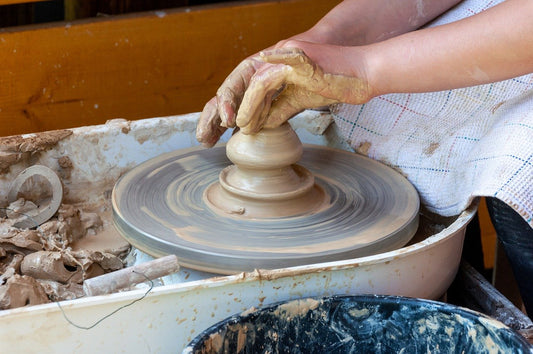We often refer to prominent subjects few of us talk about as the unseen elephant in the room. Might I suggest that when it comes to our systems, the unspoken elephant is actually the room itself.
Every room has its own unique acoustical fingerprint, influenced by its size, shape, and the materials filling and forming it. Hard surfaces reflect sound, while softer ones absorb it. Bass notes get squeezed up in the room while higher frequencies bounce around in a frenetic jumble.
Historically, understanding a room's impact on sound dates back to ancient amphitheaters, where architects were unwittingly the first audiophiles, manipulating stone and space to amplify and direct sound. Fast forward to today, and a few of us use sophisticated acoustic treatments and room correction software to achieve our desired results. But that's not the norm.
For the most part, we do what we can with the room and focus more of our attention on the equipment. In fact, we often spend countless hours (and let's be honest, dollars) debating over amplifiers, turntables, cables and speakers with an unbridled passion rarely seen outside our ranks. But how often do we spend a lot of time and energy on the room itself?
For most of us, not much. Perhaps it's because there's not a lot we can do?
For the most part, we simply do the best we can with speaker and chair placement, and add a bit of diffusion to enhance that which we have.
Sometimes, we have to pay homage to the elephant in the room, especially when the elephant is the room itself.









